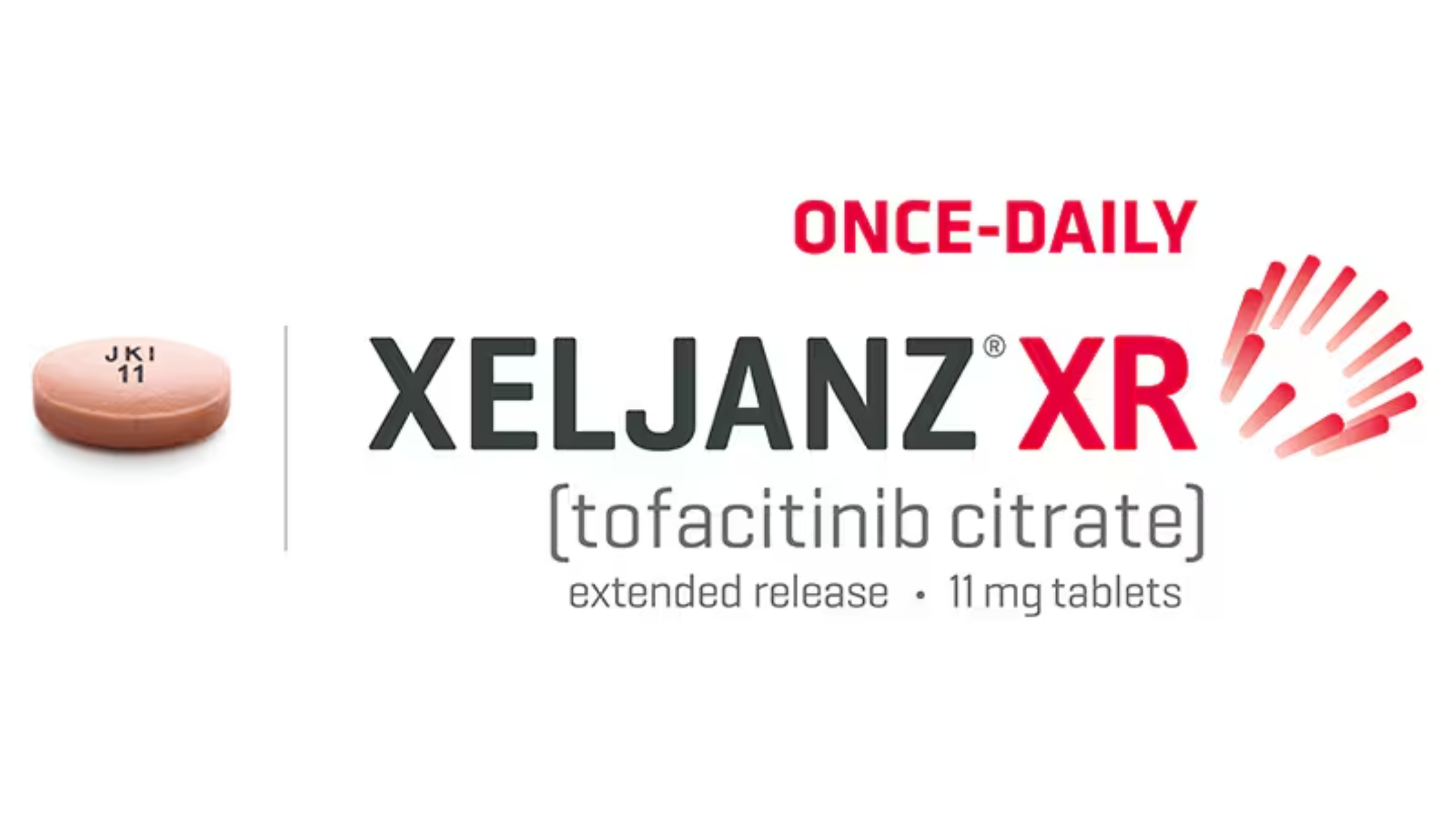What is the Entresto Titration Schedule?
The Entresto titration schedule refers to the structured process of adjusting your Entresto dosage over time to reach the target maintenance dose, based on your tolerance and response. This schedule ensures you have a balance between therapeutic efficacy and minimized risk of adverse effects. Clinicians need to follow this protocol to maximize heart failure management outcomes carefully.
Initial Starting Dose: The First Step in Titration
The titration of Entresto typically begins at a low dose to ensure safety, especially in patients not previously on high doses of ACE inhibitors or ARBs. The recommended starting dose for most patients is 49 mg sacubitril/51 mg valsartan twice daily. However, for patients with risk factors such as renal impairment, hepatic impairment, or those not previously on an ACEI/ARB, the initial dose is reduced to 24 mg sacubitril/26 mg valsartan twice daily.
The 2- to 4-Week Up-Titration Protocol
Titration is typically performed over a 2- to 4-week period, during which the dose is gradually increased based on patient tolerance. The Entresto titration schedule involves the following three key steps:
1. Low Dose (Starting Dose)
24/26 mg BID
This dose is reserved for patients naïve to RAAS inhibitors or with low systolic blood pressure (<100 mmHg), moderate hepatic impairment, or moderate renal impairment (eGFR <30 mL/min/1.73m²).
2. Intermediate Dose
49/51 mg BID
After 2 to 4 weeks, if the patient tolerates the initial dose, the dose is doubled to this intermediate level. Blood pressure, renal function, and serum potassium levels are monitored before up-titration.
3. Target Maintenance Dose
97/103 mg BID
This is the maximum recommended dose. Patients should reach this dose ideally by week 4, provided no limiting side effects occur, such as hypotension, hyperkalemia, or worsening renal function.
Monitoring During the Titration Process
The Entresto titration schedule isn’t complete without continuous patient evaluation. Here’s what to monitor:
Blood Pressure: Titration should be slowed or halted if systolic BP falls below 95 mmHg.
Renal Function: Monitor eGFR to detect declining renal function as the dose increases.
Serum Potassium: Watch for hyperkalemia, especially when using other potassium-sparing drugs.
Special Populations Requiring Titration Adjustments
The titration schedule may differ in certain groups:
• Elderly Patients (≥75 years):
Begin with the lowest dose and proceed cautiously. Monitor for orthostatic hypotension.
• Patients with Severe Hepatic Impairment:
Use is not recommended. If moderate impairment is present, begin with the lowest dose and titrate slowly.
• Post-ACEI Users:
Patients switching from an ACE inhibitor must wait 36 hours before initiating Entresto due to the risk of angioedema. After the washout period, begin at an appropriate dose and follow the titration schedule.
Clinical Practice Tip: Individualized Titration
Not all patients reach the target dose at the same pace. The Entresto titration schedule should be individualized, especially in patients with borderline blood pressure or unstable renal function. Dose adjustments may take longer or require temporary down-titration before progressing.
Titration Success = Optimal Outcome
Sticking to the Entresto titration schedule directly impacts therapeutic success. Achieving and maintaining the target dose (97/103 mg BID) is associated with the greatest reduction in cardiovascular death and heart failure hospitalization, according to landmark trials. However, the journey to this dose should always prioritize safety through strategic titration.
Summary Table: Entresto Titration Schedule
| Week | Dose | Patient Criteria |
|---|---|---|
| Week 0 | 24/26 mg or 49/51 mg BID | Based on previous ACEI/ARB use, renal/hepatic status |
| Week 2-4 | 49/51 mg BID | If tolerated |
| Week 4+ | 97/103 mg BID | Target maintenance dose |
The Entresto titration schedule is not just a procedural guideline—it is the clinical roadmap that ensures optimal patient outcomes in heart failure therapy. For healthcare providers, understanding and personalizing this titration protocol is critical in navigating patient-specific challenges and achieving long-term stability on Entresto.




